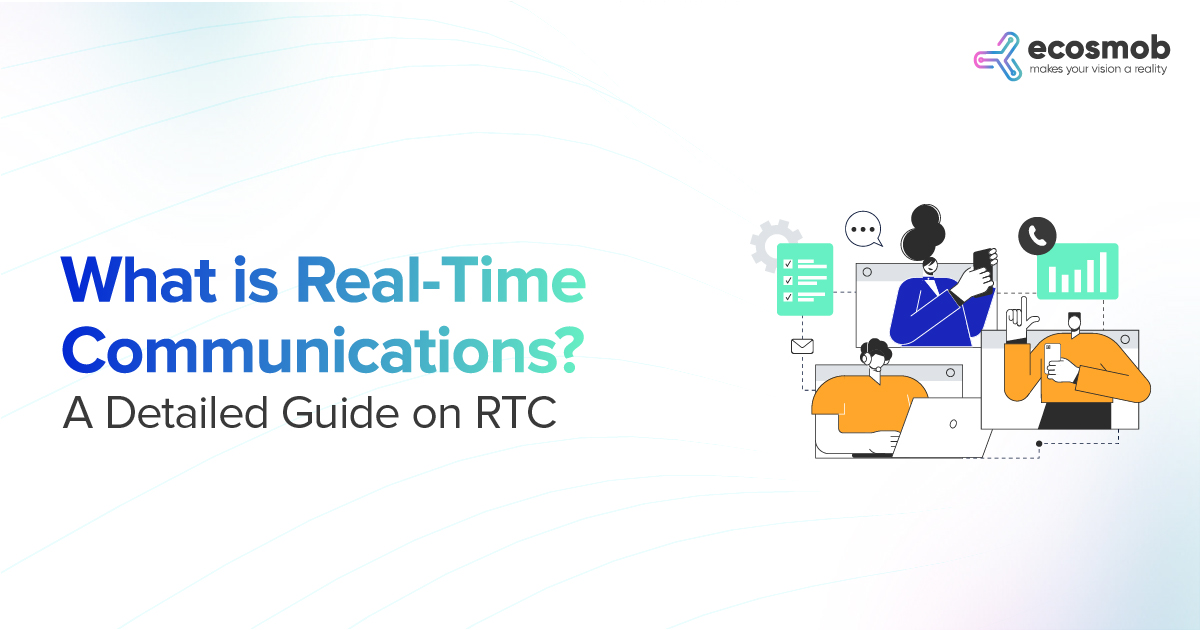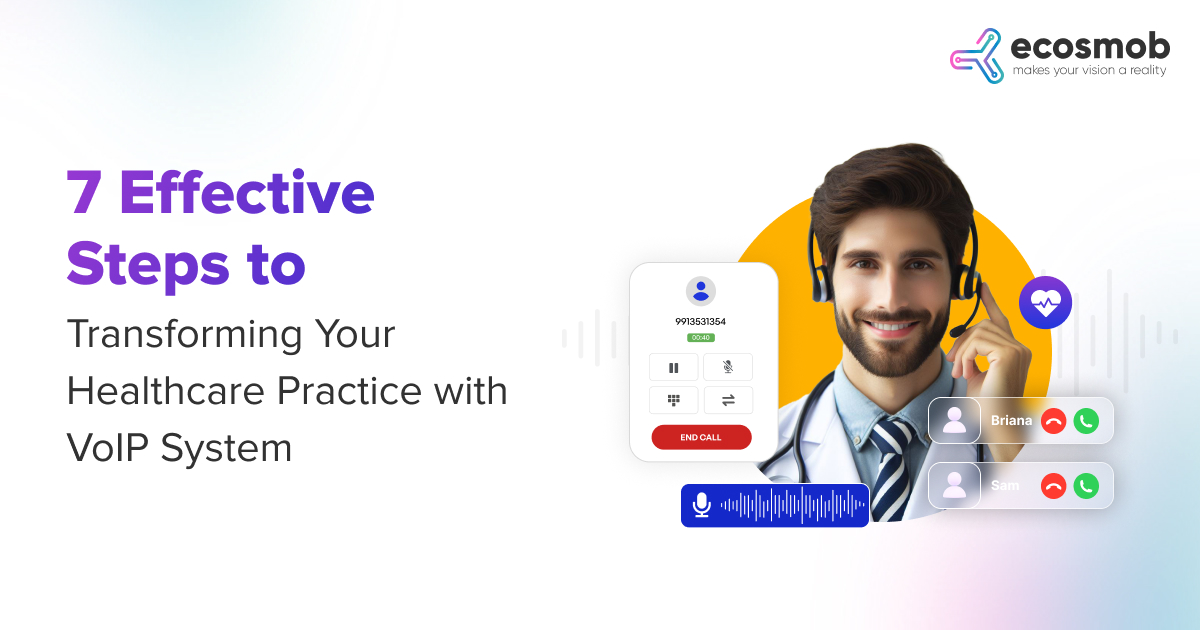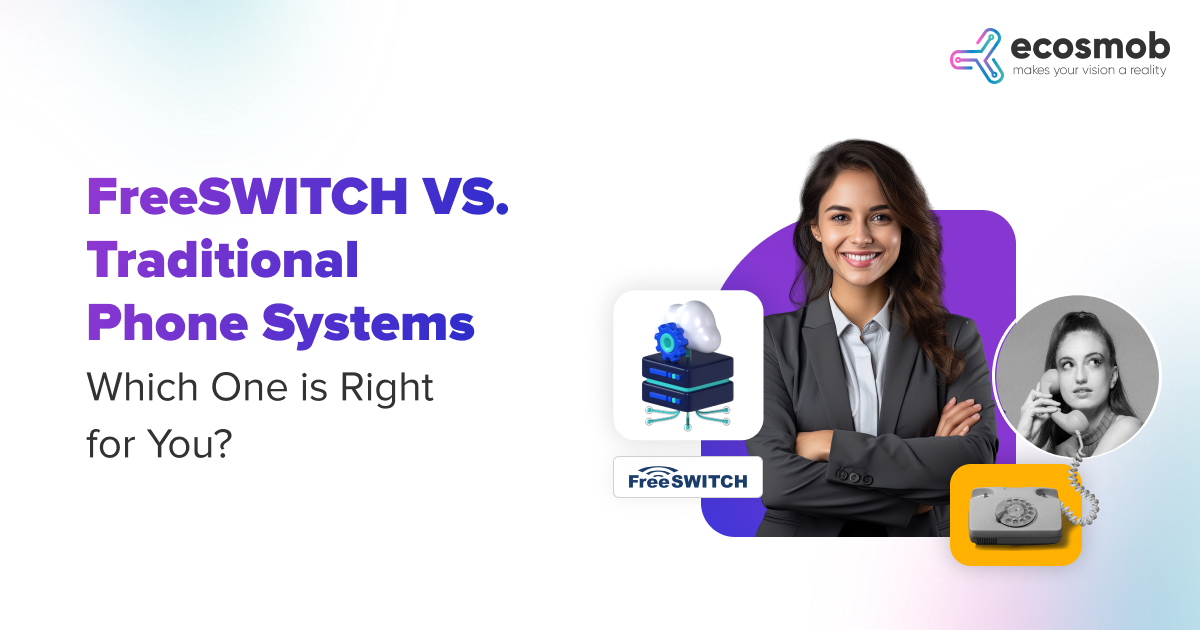In today’s mobile-first world, it has become imperative for enterprises to offer mobile applications for their products and services in order to find new customers and retain old ones. In fact, native applications are emerging as a favorite with both mobile and desktop users, as they ensure high stability, are easy to use, and can be accessed on the go.
To top it, smartphones have taken over the world in the past decade, with the number of global smartphone users doubling – from 1.86 billion in 2015 to 3.6 billion in 2020. And the growth is showing no signs of slowing. It is estimated that there will be 4.3 billion mobile phone users by 2023.
Smartphones have turned ubiquitous and adept at doing everything. Whether you want to read the daily news, shop online, check your bank account details, or connect with your friends – there is an app for every requirement. And consumers are embracing mobile applications with open arms. A TechCrunch study found that an average user spends over 4 hours on mobile applications daily.
The writing is on the wall. Mobile applications are riding the wave of staggering growth in the smartphone market. So if your business wants to stay relevant and competitive, then web applications alone will not take you to your destination. You have to make mobile applications a big part of your product delivery journey.
In this blog, we will look at why you need a mobile app in addition to the web version, what advantages do mobile apps bring to the table for businesses, and the best ways to build them.
Why Businesses Are Transforming Web Apps Into Mobile Apps
A lot of businesses today want to know what a native mobile application can do for their brand. After all, isn’t a responsive mobile website as efficient as a mobile app, is a standard question. What does an app do that a website can’t?
It’s a logical query. A mobile-optimized website is something that every modern-day business must have in its kitty. However, mobile applications fulfill a different purpose for brands. While a website or a web app is well suited for desktop users and largely cater to first-time users, mobile applications are the go-to place for your old and loyal users – a core group that you cannot afford to ignore.
Enterprises are increasingly converting their web apps to mobile applications, and the decision is driven by diverse reasons. Let’s look at these reasons.
Mobile Applications Meet Modern User Expectations and Enhance Experiences
A study of consumer behavior across mobile devices finds that about 87% of mobile time is spent on apps. When you look at smartphones specifically, this percentage jumps to 90%. Mobile applications have become a part of people’s lives. Any mobile phone home screen will prove this point, as a consumer’s daily priorities – be it fitness, finance, entertainment, or networking – finds pride of place as mobile applications.
Mobile applications have become a go-to tool for repeat users, as it makes a product or service easily accessible at any time. So if your business is looking at building long-term user relationships, then turning your website into a mobile app is a good way to do it.
Apps Are a Key Revenue Source
Apps can be monetized through in-app advertising, purchases, and subscriptions. This revenue-generation quality of mobile apps is most apparent in the e-commerce sector, where apps have grown at a phenomenal rate. It’s currently estimated that 78% of users prefer to access an online shopping store via a mobile application rather than a website. Apps also increase conversion rates by three times for e-commerce players.
There are many ways of generating revenue through smartphone applications. These could include membership plans, subscriber-only usage, or fixing a monthly usage fee.
Plug Into the Power of Push Notifications
With mobile apps, you can send push notifications to everyone who has downloaded your app, irrespective of their operating system. Websites, on the other hand, can send push notifications on a limited scale – with iOS not allowing them to do so at all.
Push notifications have emerged as a valuable way of reaching users directly and it is estimated that 33% of people under the age of 34 have enabled push notifications on their phones. They are used to alert consumers about new content, promote offers, and update them with announcements and information like friend requests and shipping details.
Enjoy an App Store Presence
This can be counted as one of the biggest benefits of mobile applications. On the one hand, it builds the credibility of your business. Also, a presence on Google Play and App Store becomes a new customer acquisition channel for you.
Just like the Google search engine is for websites, modern consumers use the app store to search for products and services of interest. So when you turn your website into a mobile app and optimize keywords, you place your product on the right platform to grab user attention.
Three Ways to Turn Websites Into Mobile Apps
If you are convinced that you need to transform your website into a mobile app, here are the most seamless ways of doing it:
Progressive Web Apps (PWA)
PWAs are essentially websites that users can add to their home screen. Just like applications, they can be accessed even when a user is offline and they also support push notifications. Building a PWA is an extremely cost-effective option. However, on the downside, PWAs don’t offer every function of a native application.
Native or Cross-Platform App Development
You can use cross-platform app development tools – ranging from Flutter to React Native – to create an application that is based on your existing website. These applications provide the best user experiences. Tools like Flutter use native components and logic for building apps that are functional and work on both the Android and iOS platforms – so you don’t have to invest in building separate applications for the two operating systems.
Hybrid Mobile Apps
You could call Hybrid apps a cross between a website and a Native app. With Hybrid apps, you can convert your website into apps using web-based technology. These apps are basically a native container that displays web content when they are used. For a user, the look and feel of a Hybrid app are similar to a Native app. It comes with the same components and provides a similar, seamless user experience. However, Hybrid apps can face performance glitches if the app has high usage.
Progressive Web Apps: The Way Forward
Although both Native and Hybrid Apps are an efficient route for businesses to take to create a presence on App Stores, PWAs are gaining huge traction today. This is because of the path-breaking technologies that PWAs use to bring all the advantages of native apps even as enterprises use the extended functionalities of websites.
You’ve probably used PWAs without even knowing it – think Spotify, Pinterest, Uber, and Starbucks.
PWAs were introduced by Google in 2015. They use modern web capabilities to deliver user experiences that fully mimic those of a mobile application. This promising new technology allows enterprises to extend the functionality of their website, making them fast and user-friendly. Technically, PWAs look like sites and use the browser to get updated data via the web. It is because of this technology that users get push notifications and can access web services – like checking their delivery order – even when they are offline.
PWA is a web app, which also works like a regular application on a phone or a responsive website on the internet. The process of building a PWA is similar to that of creating a website. The app uses the same technologies that you would use for the website, but with the extra functionalities and benefits of PWAs.
These applications are light, fast, and secure. Although PWAs work everywhere, they are super-effective and super-fast in modern browsers.
Let’s look at the most outstanding features of PWAs
- They work for every user, regardless of the browser they use, as they are built with progressive enhancement as a core tenant.
- PWAs fit any form factor, be it a desktop, mobile, or tablet.
- Users can work both offline as well as on low-quality networks, as PWAs are enhanced with service workers.
- PWAs use the app shell model to provide navigation and interactions that are similar to apps.
- PWAs always stay up to date as they are powered by the service worker update process.
- PWAs address security concerns of enterprises effectively as they are served via TLS to prevent snooping and ensure that the content is not fiddled with by any outside party.
- PWAs can be identified as applications because the W3C manifests and service worker registration scope allowing search engines to find them easily.
- With features like push notification, it becomes easy for enterprises to engage with their users.
- With PWAs, users don’t need the app store to keep their favorite apps on the home screen.
- PWAs can be easily shared via a URL. They do not require any complex installation process.
Closing Thoughts
Mobile applications have to be designed with perfection to help enterprises manage user engagement seamlessly. Converting web apps into mobile apps is a good idea as it helps enterprises overcome the roadblocks of managing web applications.
However, the process of converting a web app into a mobile app comes with a lot of nuances. Also, to have your mobile app working perfectly needs constant monitoring, as you will always have to duplicate changes to your website and adjust them for the app’s peculiarities. Therefore, in order to avoid wasting time, effort, and resources, it is best for enterprises to hire a professional mobile application development service company to make the process seamless.
If you are looking at efficiently converting your web app into a mobile app, reach us at sales@ecosmob.com or call us at +91-7778842856.















